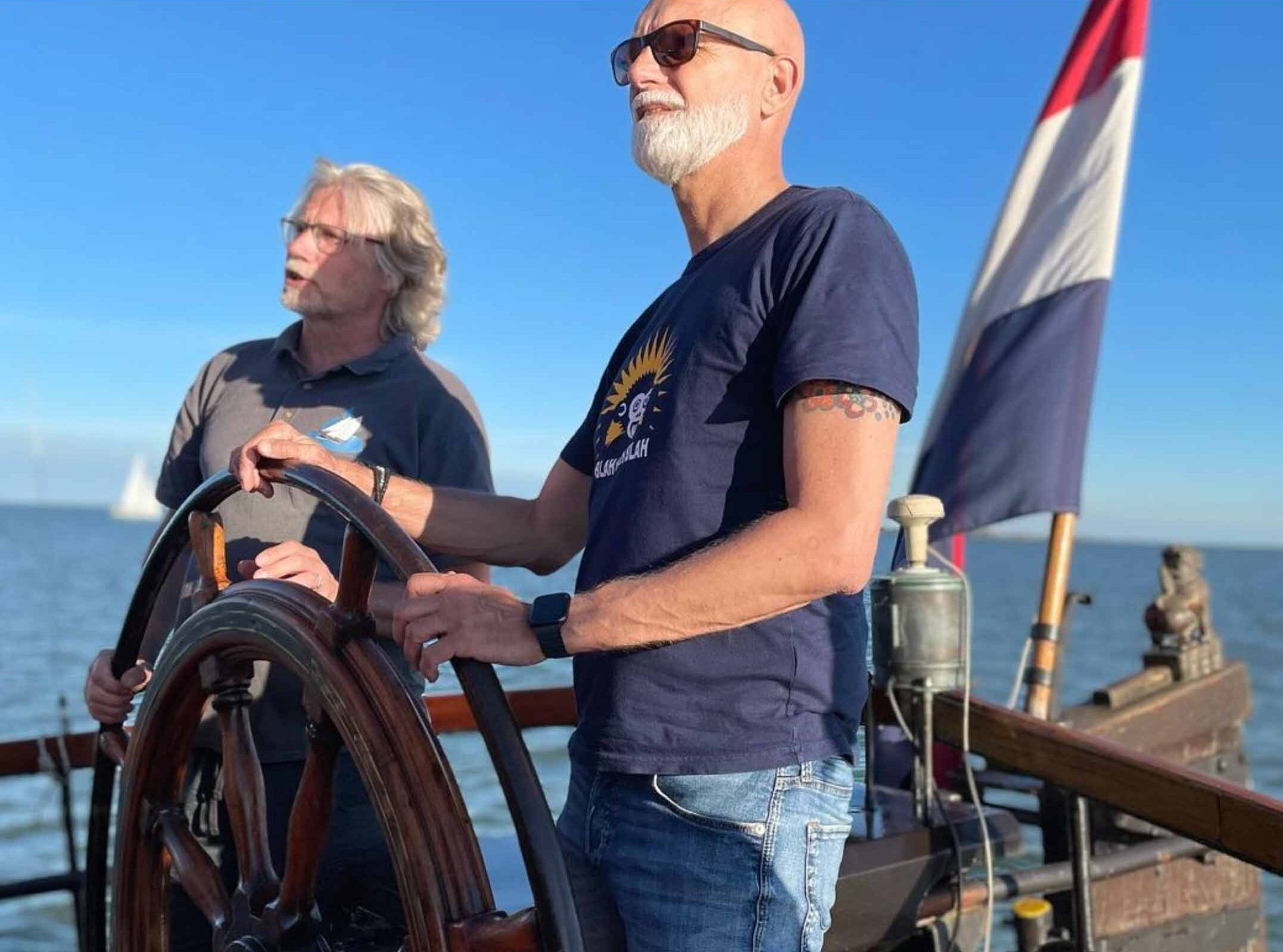History of the Catharina van Mijdrecht
The Catharina van Mijdrecht was built in 1916, as one of the last sailing cargo ships. After a long life as an inland freight carrier, this original Dedemster Klipperaak (“Clipper barge from Dedemsvaart”) started her second career as a passenger ship in the mid-1980s.
Read about the history of this extraordinary ship below.
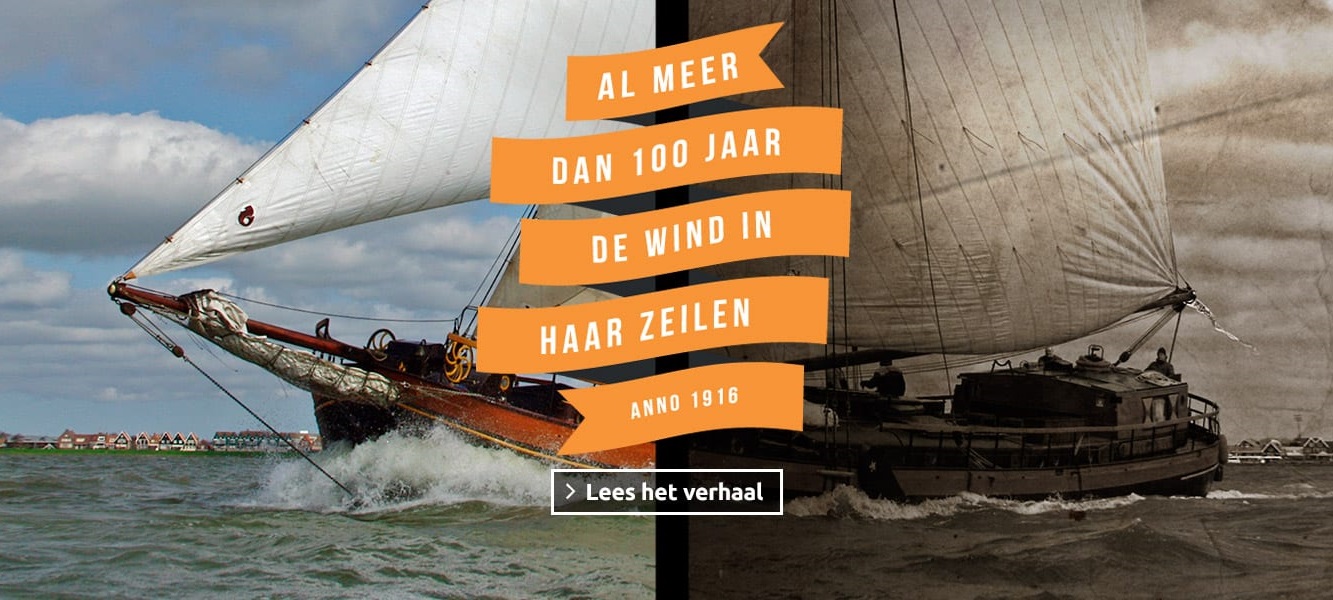
A ship built in 1916
Dedemsvaart is a busy place, because it is located between the peat districts of Overijssel and Drenthe. Peat is supplied and transferred to barges and tjalks; these sail across the Zuiderzee to the factories and bakeries in the west, or to the brick factories along the Great rivers.
The Catharina van Mijdrecht is being built at J. Mol’s shipyard in Dedemsvaart. She will be one of the last sailing cargo ships to be built there. R. Snippe, the first skipper, gives her the name “Linquenda” or “to be abandoned”; an intention for the ship to last longer than the skipper. This turns out to be sooner than expected: Snippe goes bankrupt and has to sell the ship in 1919.
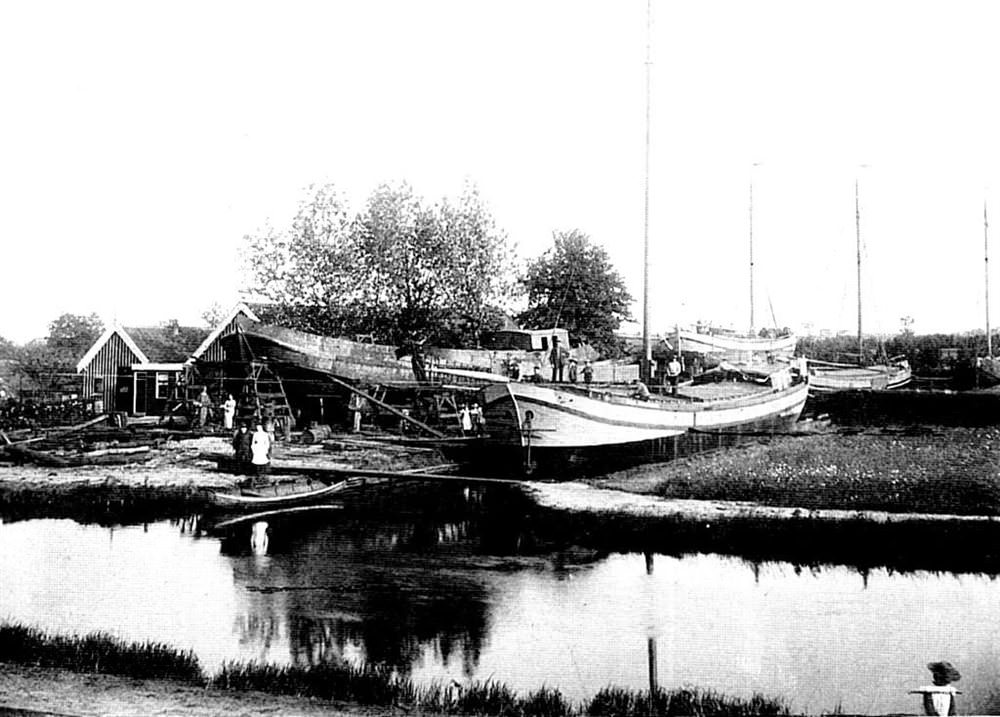

A sailing cargo ship 1919
In the Netherlands, with its extensive system of waterways, ships are the most important means of freight transport. For many skippers it, is a free but harsh existence. They often work day and night, because in unfavourable weather there’s no sailing, and therefore no income.
In 1919, skipper Lucas Otter from Giethoorn buys the ship and changes the name to “Catrina”, after his wife. Under sail he often transports peat, and he takes whatever he can get for the return voyage.
First engine 1932
In narrow waters, where sailing is usually not possible, you have to pull or punt to get ahead. The whole family has to help with the pulling, because there’s usually no money to rent a horse.
The Catrina gets her first 22hp diesel engine to power the ‘lame arm’, a side screw on a long axle. The engine on the foredeck also operates the winch, making loading and unloading easier, but sailing remains the main way to propel the ship. Son Geert Otter sails along as a twelve-year-old jib-mate: “I’ve had plenty of bowspray over me ‘ead,” he says when he visits the ship again more than fifty years later.
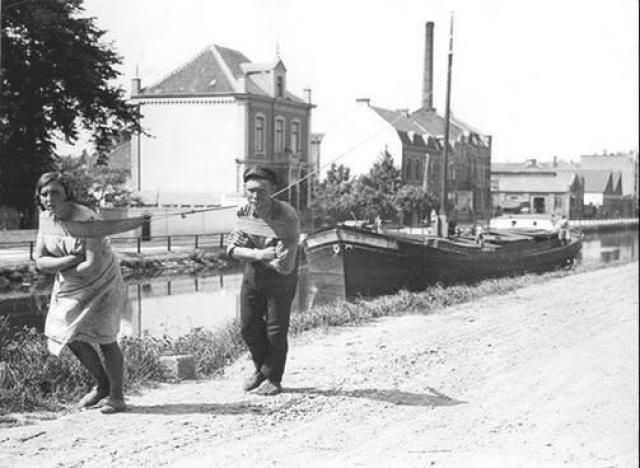
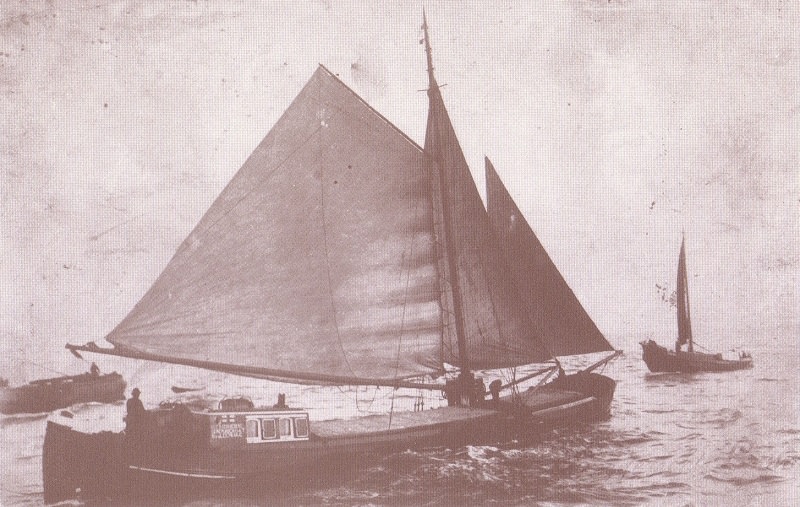
War years 1940-1945
During World War II there is still the need to get food on the table, although this also means transporting materials to Germany.
Son Geert often takes the helm himself, and in 1942 he takes over a third share from his father. In 1944, the Catrina is severely damaged by shelling. The repairs take more than a year and a half, partly due to a lack of resources. After that there’s still a long period of sailing with an emergency rig and the remains of the old mast.
End of an era 1950
After World War II, sailing ships are rapidly disappearing from Dutch waters. The new road network and larger diesel engines ensure that cargo arrives at its destination faster and more reliably.
Geert Otter takes over the Catrina completely in 1950, removes the mast and sails, and has a 57hp Deutz diesel engine installed under the deckhouse. Every two hours he has to go down to lubricate the gland seal and valves. Skipper Geert usually sails alone, except to Paris and the Russian zone. Then you have to be with two, so his sister usually comes along.
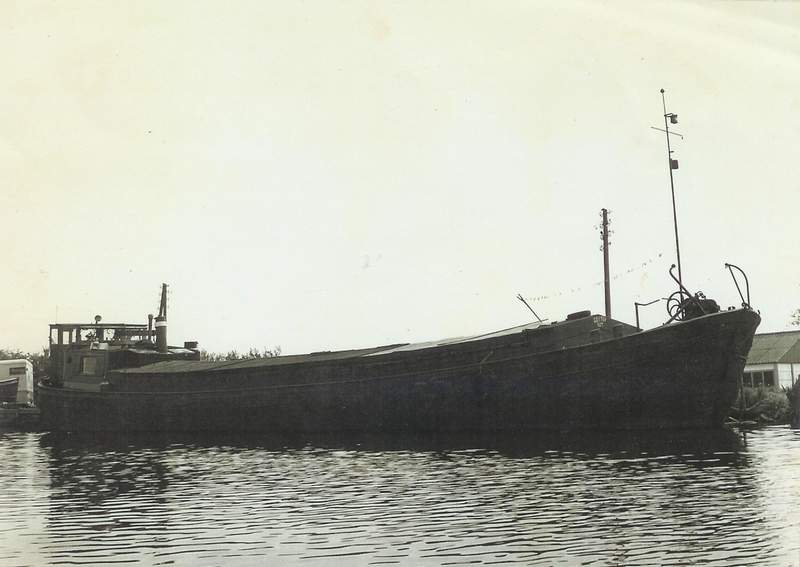
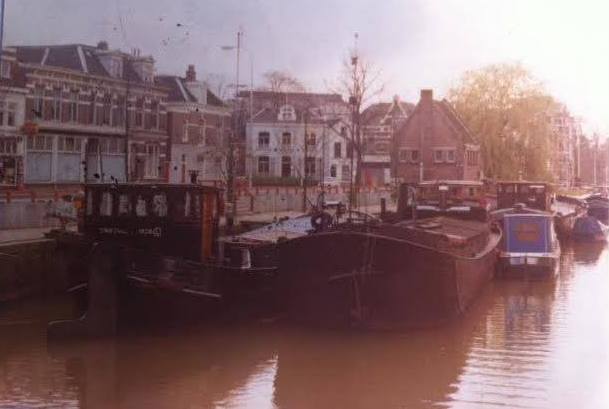
Scrap metal 1971
Cargo ships are getting bigger and bigger. With an engine, a ship is no longer limited to the human scale, and new locks and bridges offer more capacity. The old sailing ships are getting too small to carry cargo profitably, and most are being scrapped.
In 1971 Geert Otter buys a larger ship too, and things seem to be over for the Catrina. For a long time she lies in a canal, waiting for an uncertain future.
New hope 1974
A growing movement recognizes that old ships are an important part of our history and must be preserved. A large investment is not yet necessary; ships are for sale for the scrap metal price, and they can be used as cheap housing and workshops.
The Catrina is bought by Klaas Pater of the De Dissel shipyard, who starts the renovations. Pieter van den Brandt takes over the ship in 1976, and uses it as a houseboat and studio.
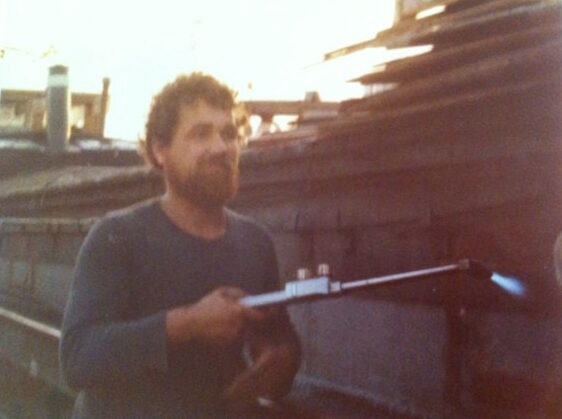
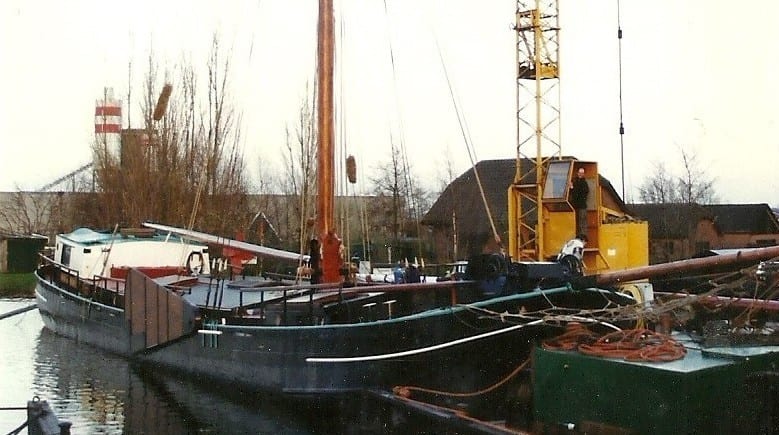
Former glory 1982
The new generation of skippers have a new goal in mind; they want to return their ships to their original state. They look for old photos and ask the old skippers about how things used to work. Forgotten crafts are revived.
Rob Goud takes over the Catrina and gets her back under sail, together with his girlfriend Jannie Bosman. The restoration is carried out with great attention to the original appearance.
Sailing charter 1986
Restoring a ship costs a lot of time and money. The young skippers therefore start to offer family, friends and tourists a sailing trip, for a fee of course. This way they’ll spend a nice day on the water, and the skipper gets some money to invest in the ship. A new industry emerges, leading to around 400 traditional sailing ships that are still sailing around and being preserved in the Netherlands today.
Rob Goud catches the charter bug in 1986; he renovates the interior so that up to 26 passengers can stay overnight. He renames the ship Catharina van Mijdrecht.
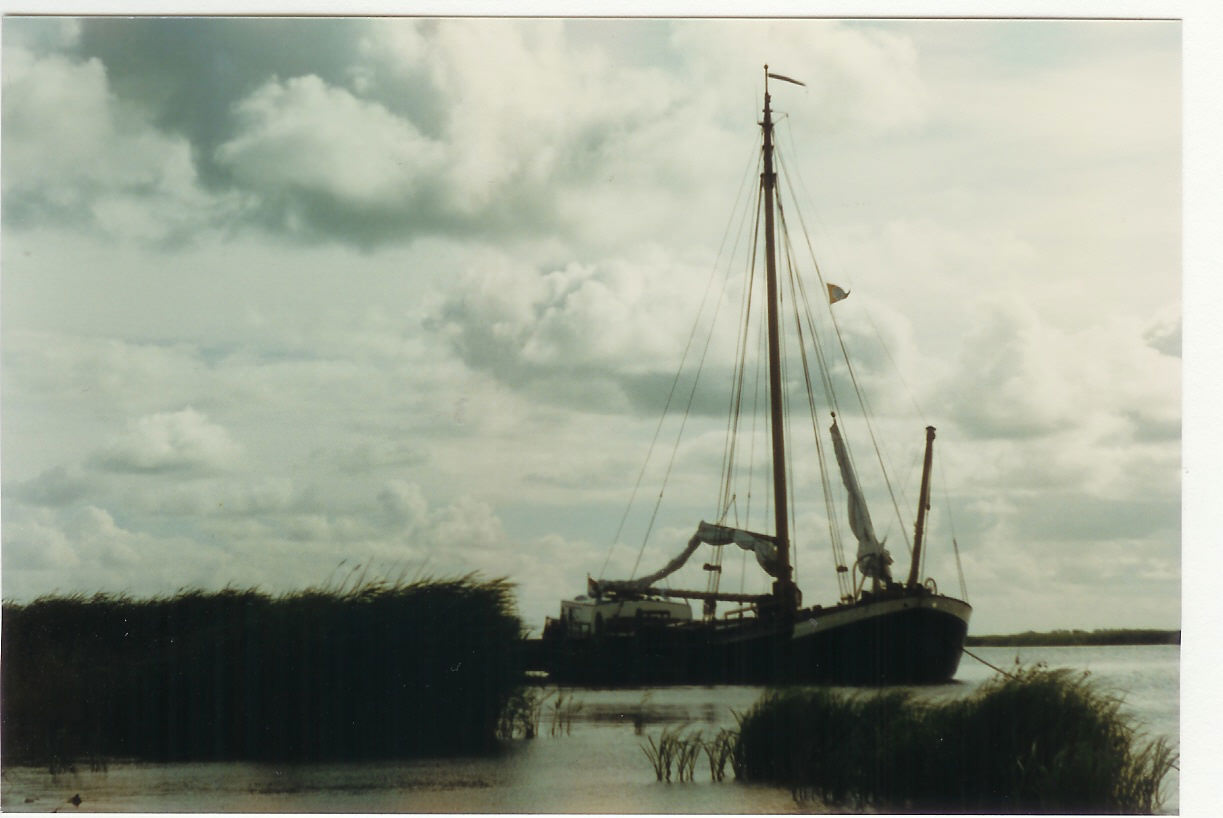
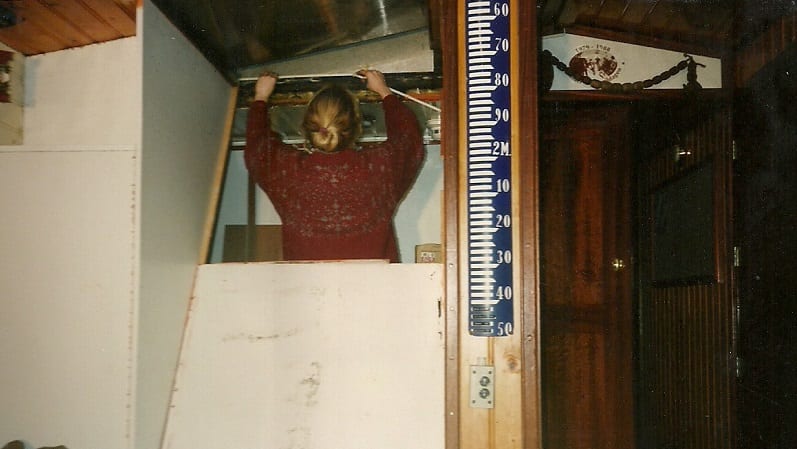
Professionalization 1990
During the 1990s charter sailing becomes increasingly more professional. The skipper becomes a host. Others focus on traditional professions like the production and repair of sails, masts and leeboards. Still others are concerned with the practical side of chartering, and start a booking agency.
Rob Goud is not a sailor himself, so he hires Udo Verlaan to be the skipper. In 1990 Udo takes over the ship on hire purchase. He and his girlfriend, Hennie Varwijk, install many technical improvements, like a new engine and central heating. They sail with -often loyal- guests from Monnickendam across the IJsselmeer and the Wadden Sea for many years.
New regulations 1999
Relatively flexible Dutch regulations allow sailing charter shipping to flourish. In the new millennium however, stricter European regulation is threathening to deal a killer blow. Fortunately, things turn out not so bad in practice. After a transitional period, all ships comply with the new safety regulations.
In 1999 Hennie and Udo want to shift their horizons, and they sell the Catharina to Jos Rodewijk and Sandra Fox. Busy years follow. The sailing area is shifted to the Wadden Sea during the summer months, in the spring they offer B&B accommodations in Amsterdam, and during the winters in Leiden Jos modernizes the ship, and Sandra goes to college in Germany.
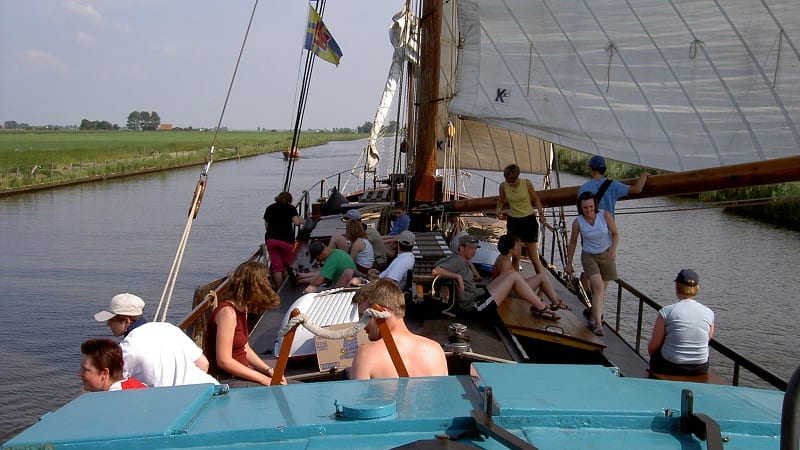
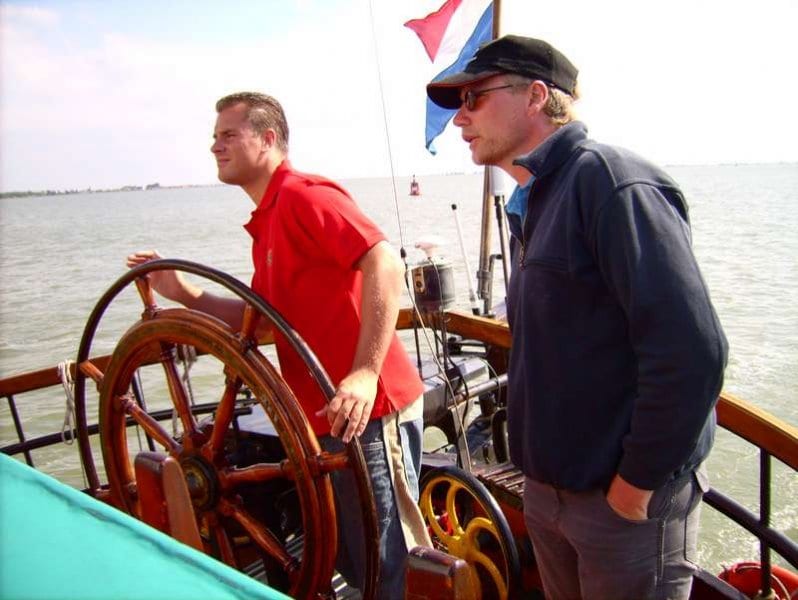
Direct contact 2005
During the early years of chartering skippers depend on booking agencies. But as communication options on board are improving, Jos and Sandra increasingly take care of their own bookings. Direct contact with the client is very important to them, especially for day trips when people often have personal wishes. In 2008, they decide to take the bookings entirely into their own hands. Despite the economical crisis, this helps them to build up a good turnover.
The next generation 2006
Daughter Elies, less than a week old, comes on her first sailing trip. Many trips follow, often with Sandra’s mother Renate as the nanny. In 2009, daughter Mia is born. Sailing an entire season with children and guests is almost impossible, but by focusing more on day trips Jos can be at home with the children more often. From 2013, Danny Honig takes over the catering. They hope to keep sailing together on the Catharina van Mijdrecht for many years to come.
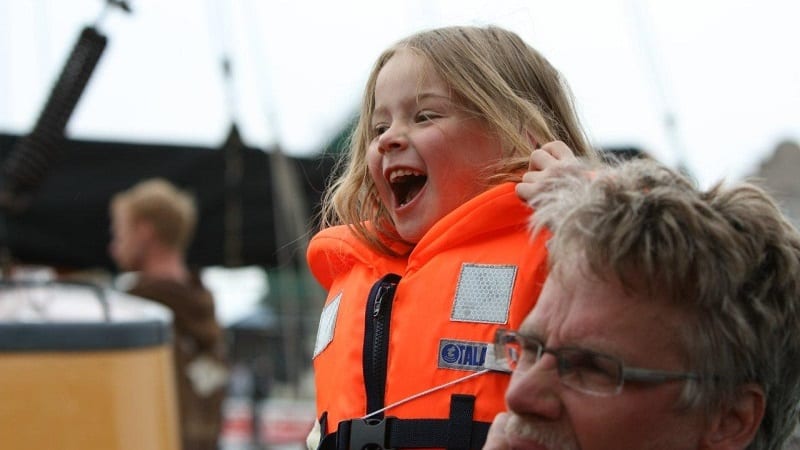
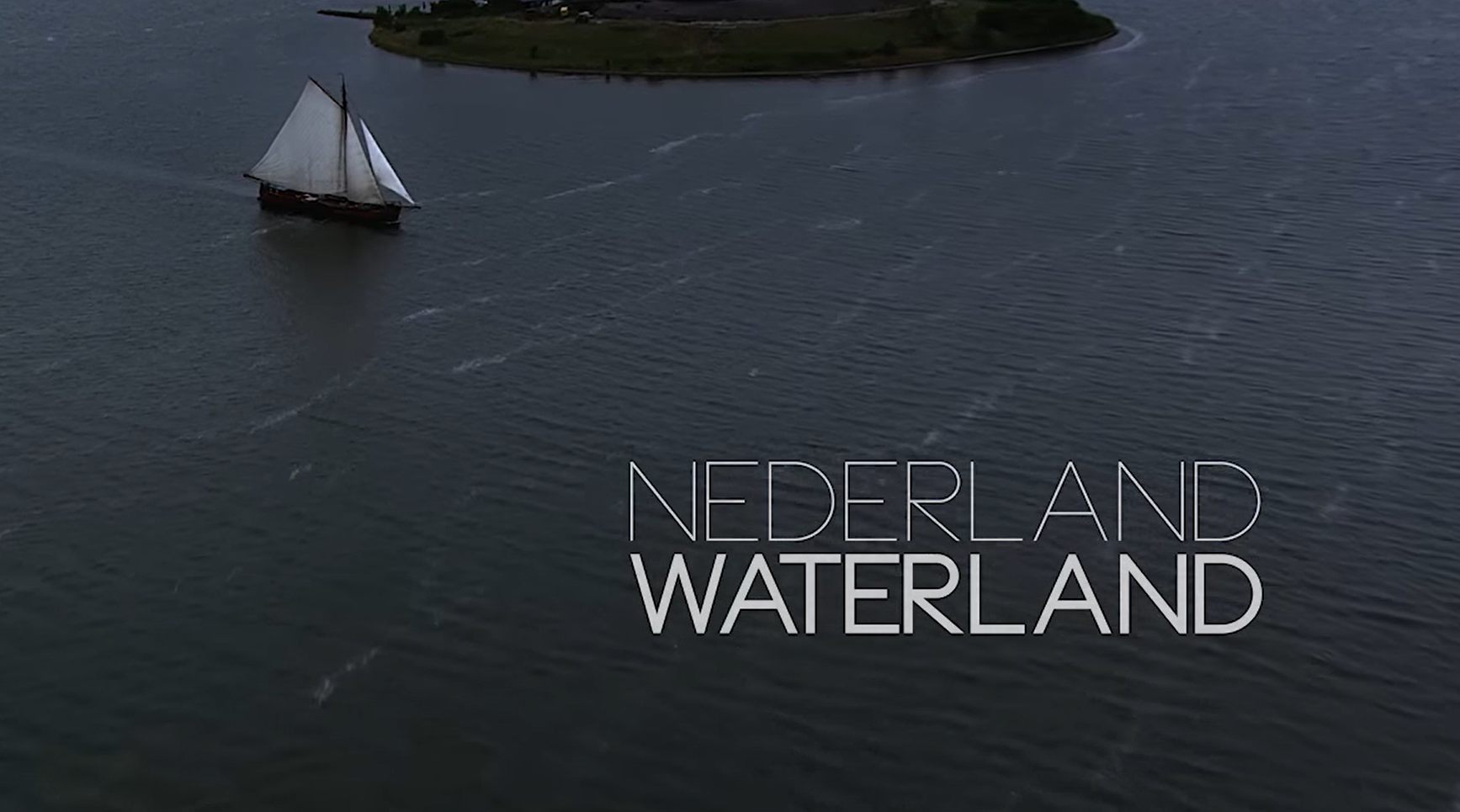
Nederland Waterland 2013
During the summer of 2013, the documentary series “Nederland waterland” is filmed on board. The Catharina van Mijdrecht plays a prominent part. For five weeks, the ship is the accommodation for the film crew and is also frequently seen sailing; the Catharina forms the connecting backdrop for interviews about the ways in which water connects all parts of the Netherlands. The series is broadcast in eight episodes during the winter of 2014-2015 and the summer of 2019.
Watch the episodes on NPO start (https://npo.nl/start/serie/nederland-waterland/seizoen-1/brabant/afspelen)
One hundred years 2016
Finally the time has come for the Catharina van Mijdrecht to celebrate her centenary. A hundred years ago, in 1916, she was one of the last sailing cargo ships to be launched. This started an eventful history that she endured wonderfully well. Of course we don’t just let this go by, and so we celebrate with various festivities.
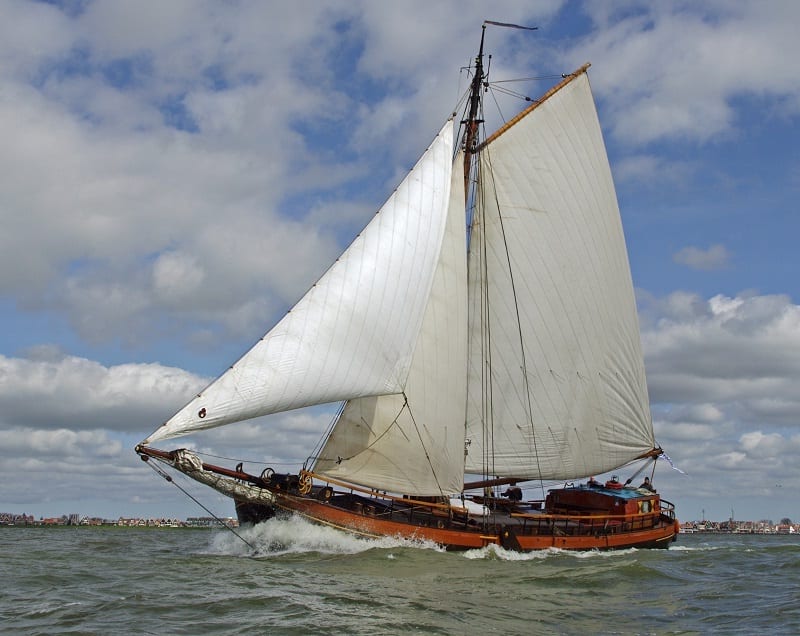
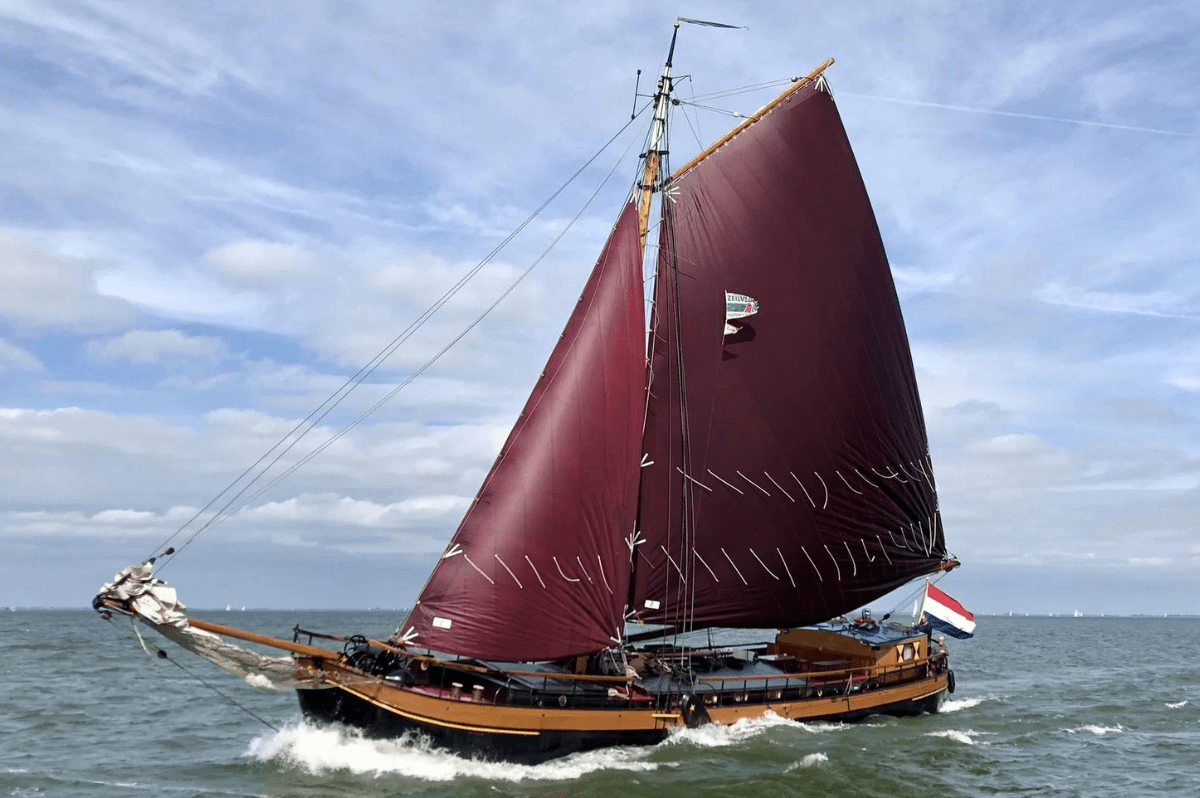
New colours 2019
In 2019, the Catharina receives new sails and a new mast. The sails are chosen for their authentic red-brown colour. In olden days the sails were tanned. Tanning is the impregnation of cotton sails with the tannin from birch, oak or acacia bark, to preserve them from rotting due to fungi and bacteria. The term “brown fleet” for the historic sailing fleet is derived from the signature colour produced by the process.


